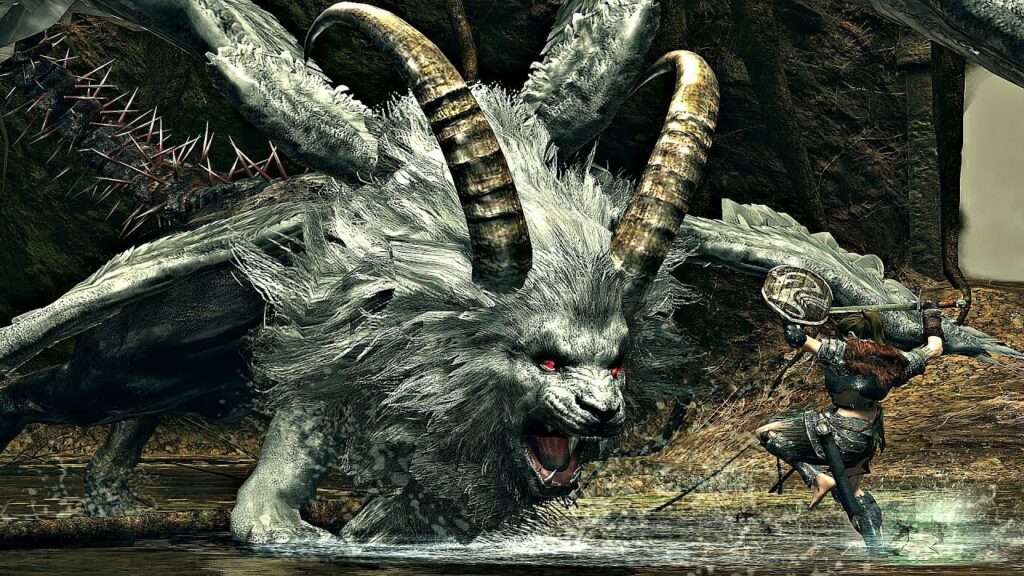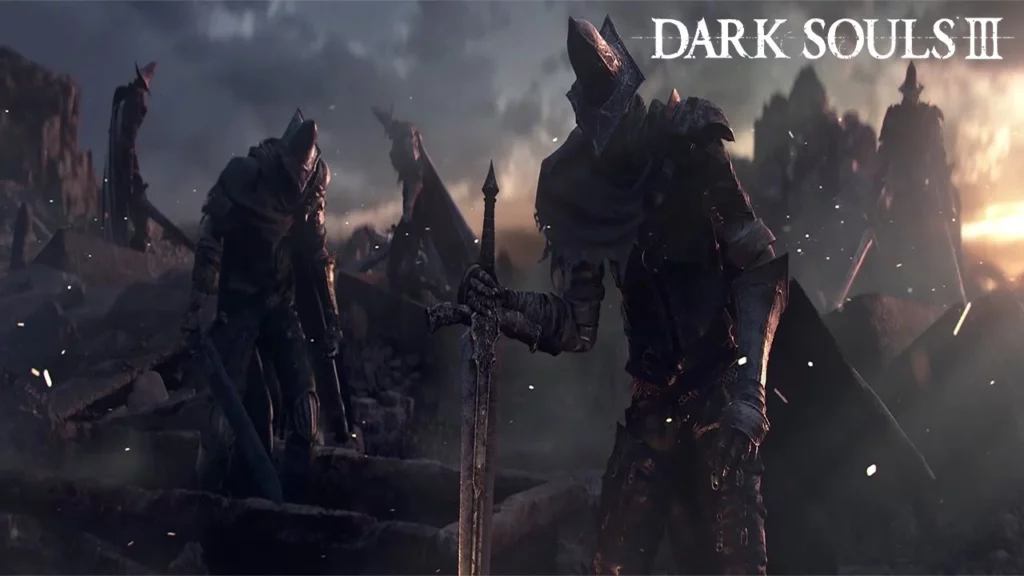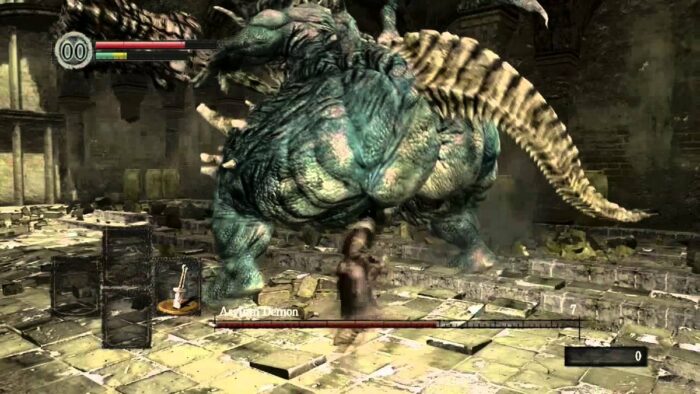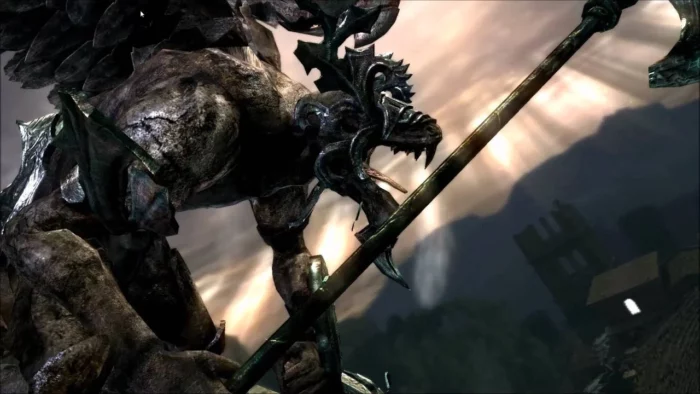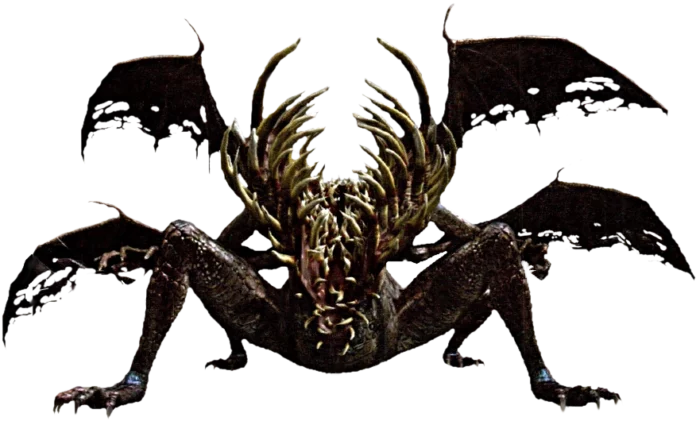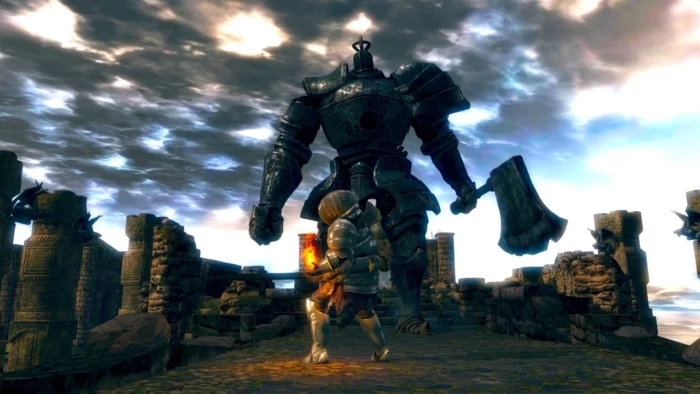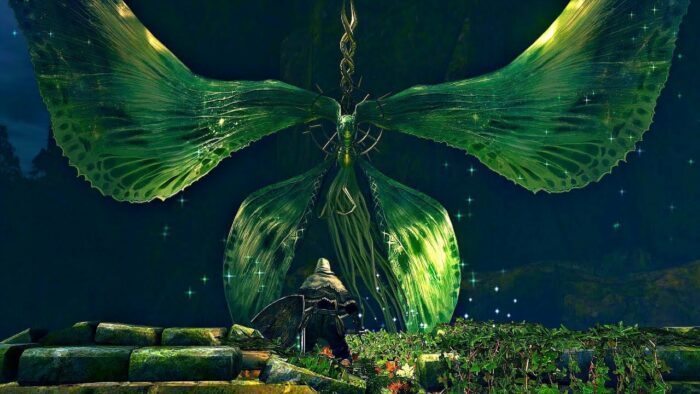Are you a newcomer to the world of Dark Souls, the notoriously challenging action RPG? Or perhaps you’re a seasoned player looking for a fresh perspective? Either way, understanding the Dark Souls boss order is key to successfully navigating the game’s intricate landscapes and grueling combat scenarios. Let’s dive in!
Dark Souls
Dark Souls is a popular action role-playing game known for its difficulty level and intricate world design. The bosses you encounter in Dark Souls are a central part of the game’s allure. Each boss presents a unique challenge, pushing players to adapt and grow with every encounter.
Why Does Boss Order Matter?
In Dark Souls, boss order can make a significant difference in your gameplay experience. Knowing the order can help you better prepare for each boss fight, plan your leveling, and understand the story progression.
It provides a roadmap that, while not strictly necessary to follow, can enhance your enjoyment and overall understanding of the game.
Understanding the Dark Souls Boss Order
In Dark Souls, there’s a natural progression of bosses that most players tend to follow. Here’s a simplified walkthrough of the common boss order:
Asylum Demon
At the start of your Dark Souls journey, you’ll face the Asylum Demon. This gigantic foe serves as your first taste of what’s to come.
Taurus Demon
After escaping the Undead Asylum, you’ll encounter the Taurus Demon on the battlements of the Undead Burg.
Bell Gargoyles
Next, you’ll face the Bell Gargoyles atop the Undead Parish church. Defeating these bosses allows you to ring the first Bell of Awakening.
Capra Demon
In the Lower Undead Burg, the Capra Demon awaits. This boss guards the key to the Depths.
Gaping Dragon
Deep in the Depths, you’ll encounter the terrifying Gaping Dragon. Defeating it provides access to Blighttown.
Chaos Witch Quelaag
In the swampy depths of Blighttown, you’ll face Chaos Witch Quelaag. Her defeat allows you to ring the second Bell of Awakening.
Iron Golem
At the top of Sen’s Fortress, you’ll find the Iron Golem. Defeating this boss opens the way to Anor Londo.
Ornstein and Smough
The duo of Dragon Slayer Ornstein and Executioner Smough serve as the final challenge of Anor Londo.
Optional Bosses and Their Significance
Alongside the main bosses, Dark Souls also offers optional bosses. While not necessary for game progression, defeating these foes can offer valuable rewards and lore insight:
Moonlight Butterfly
The Moonlight Butterfly, found in the Darkroot Garden, is an optional boss that yields a unique soul used to ascend weapons.
Stray Demon
The Stray Demon is another optional boss, located back in the Undead Asylum. Defeating it rewards you with a Titanite Slab, a rare item for weapon upgrading.
Dark Souls DLC Boss List
The additional content in Dark Souls, known as the Artorias of the Abyss DLC, introduces new areas, enemies, and bosses. Here are the bosses you can expect to encounter:
Sanctuary Guardian
The Sanctuary Guardian guards the entrance to the Oolacile Sanctuary.
Artorias the Abysswalker
Artorias, a fallen knight of Gwyn, is a formidable boss found in the Oolacile Township.
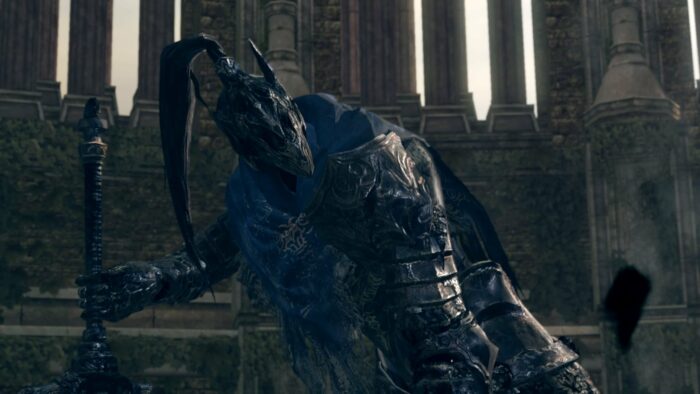
Manus, Father of the Abyss
Manus, the primeval man, lurks in the Chasm of the Abyss and serves as the final boss of the DLC.
Conclusion
Understanding the Dark Souls boss order can significantly enhance your gaming experience. Armed with this knowledge, you’re now better prepared to face the harrowing challenges of this iconic game. Good luck, and may your journey be filled with thrilling battles and rewarding victories!
FAQs
What is the hardest boss in Dark Souls?
The difficulty of Dark Souls bosses can vary greatly depending on your playstyle, build, and experience. However, many players agree that Ornstein and Smough, collectively known as the Dragonslayer and Executioner, are among the game’s most challenging foes due to their combination of speed, power, and the need to manage two distinct enemies simultaneously.
Can I skip Bosses in Dark Souls?
While some bosses in Dark Souls are optional, many are necessary to progress through the game’s story. However, there are certain sequence breaks and shortcuts that can be used to bypass some bosses or reach them earlier than intended.
How many bosses are in Dark Souls?
Dark Souls includes 26 unique bosses, excluding the additional bosses introduced in the Artorias of the Abyss DLC. This count includes both mandatory and optional bosses.
Is the boss order in Dark Souls fixed?
While there is a general boss order in Dark Souls, the game’s non-linear nature allows for a degree of flexibility. Certain areas and bosses can be accessed earlier or later depending on the player’s exploration and progression choices.

